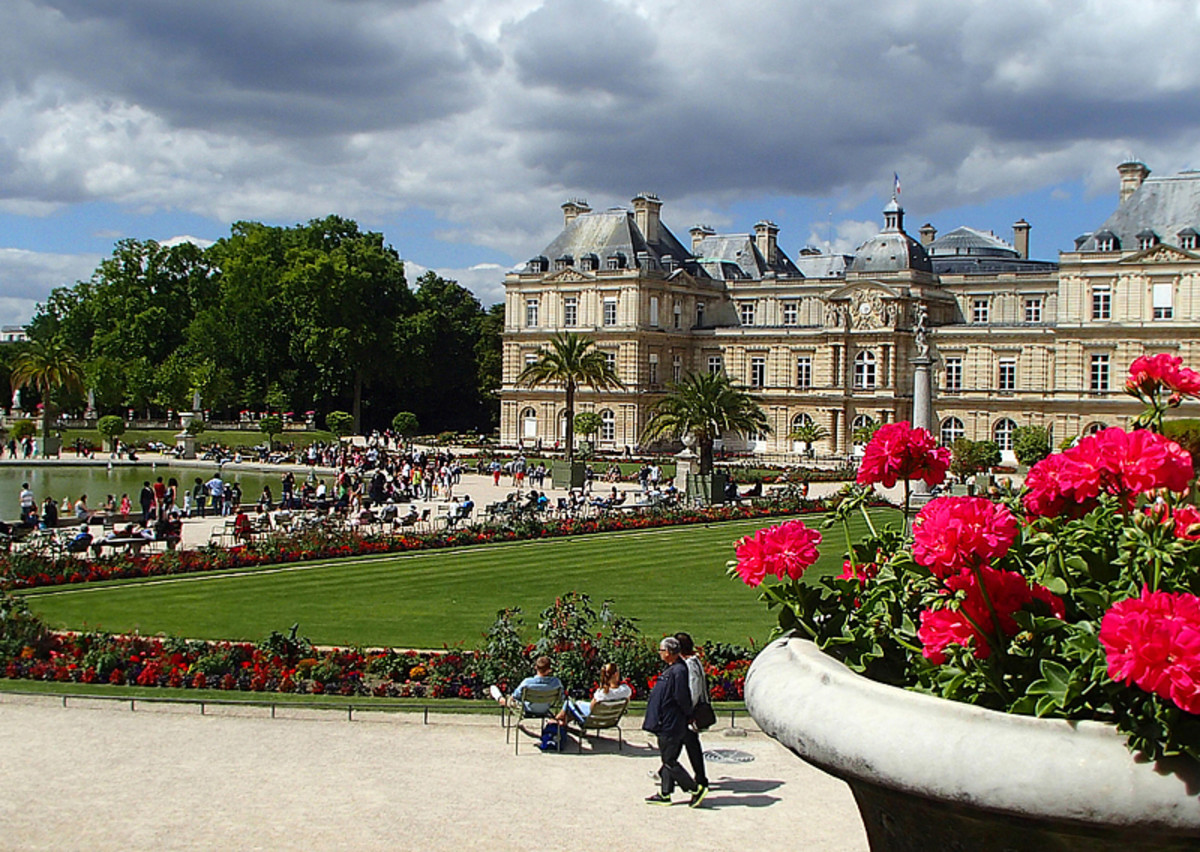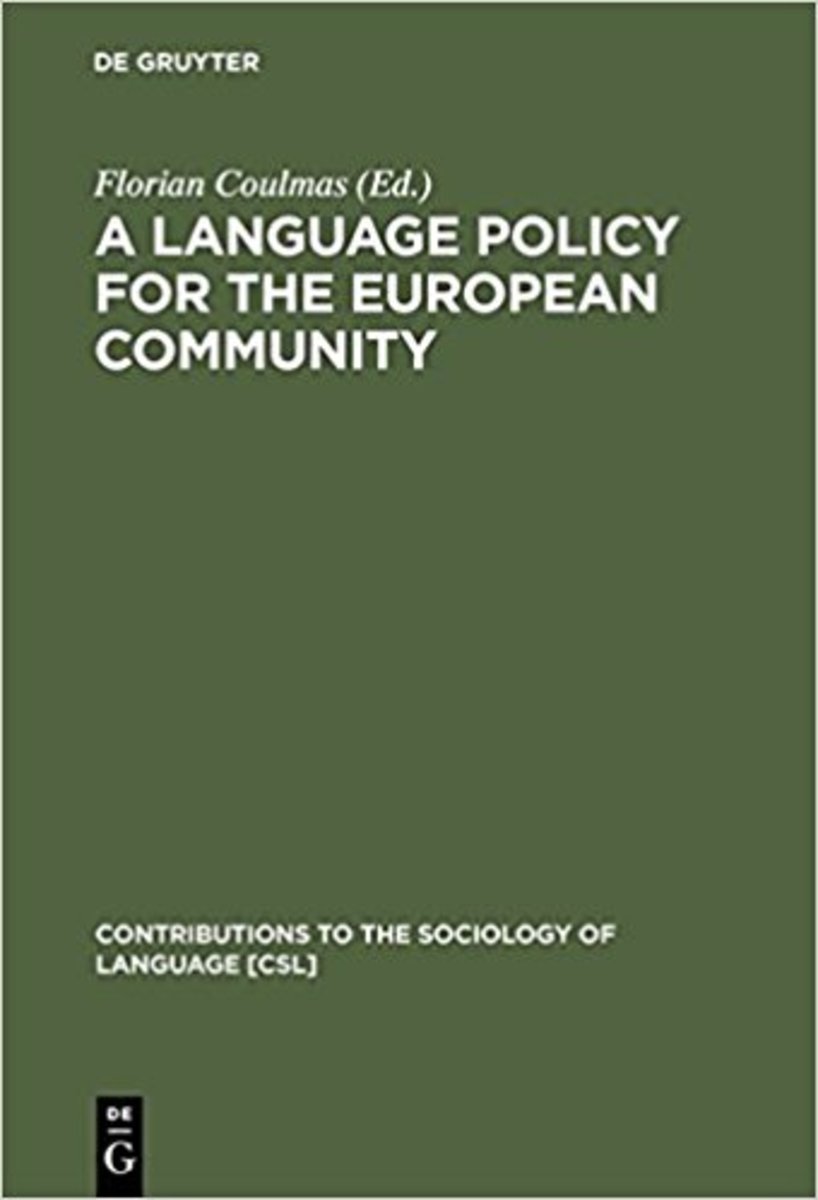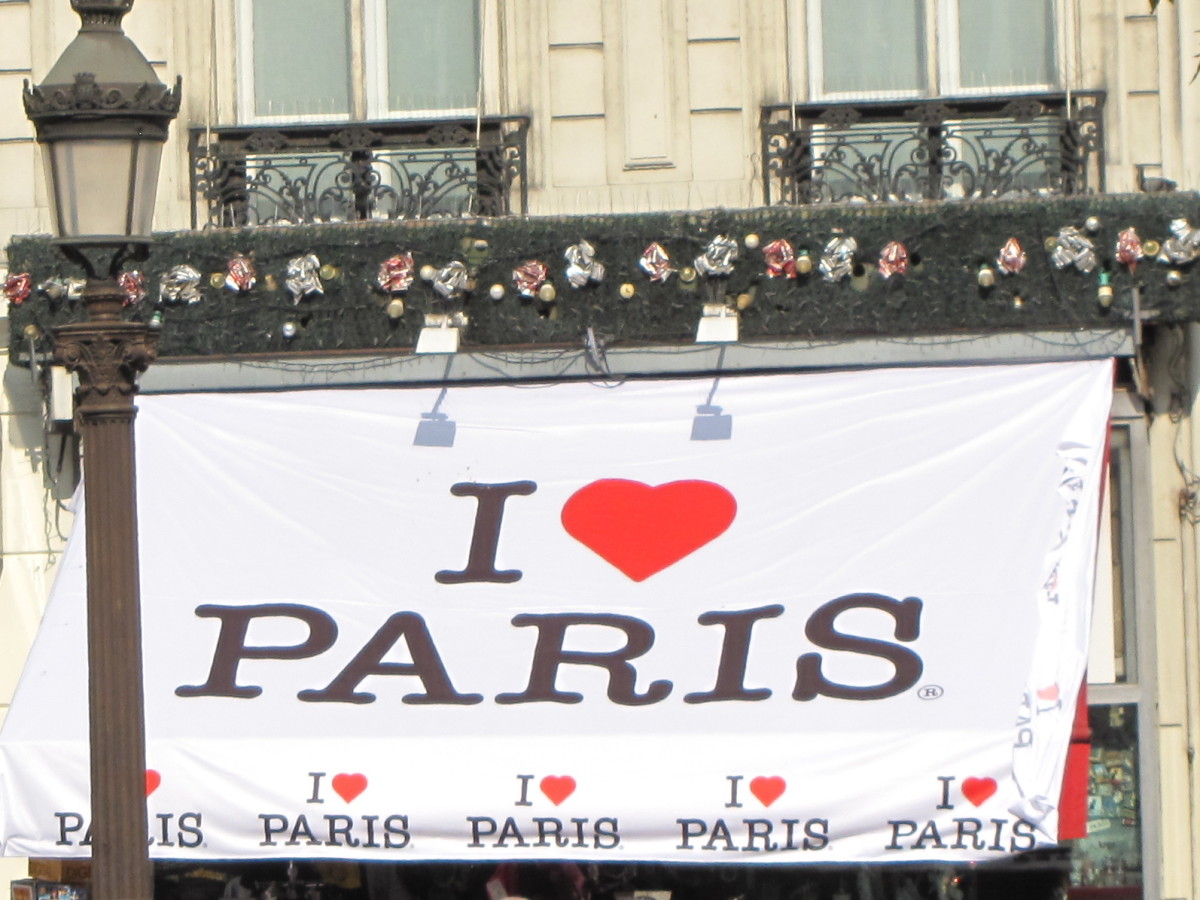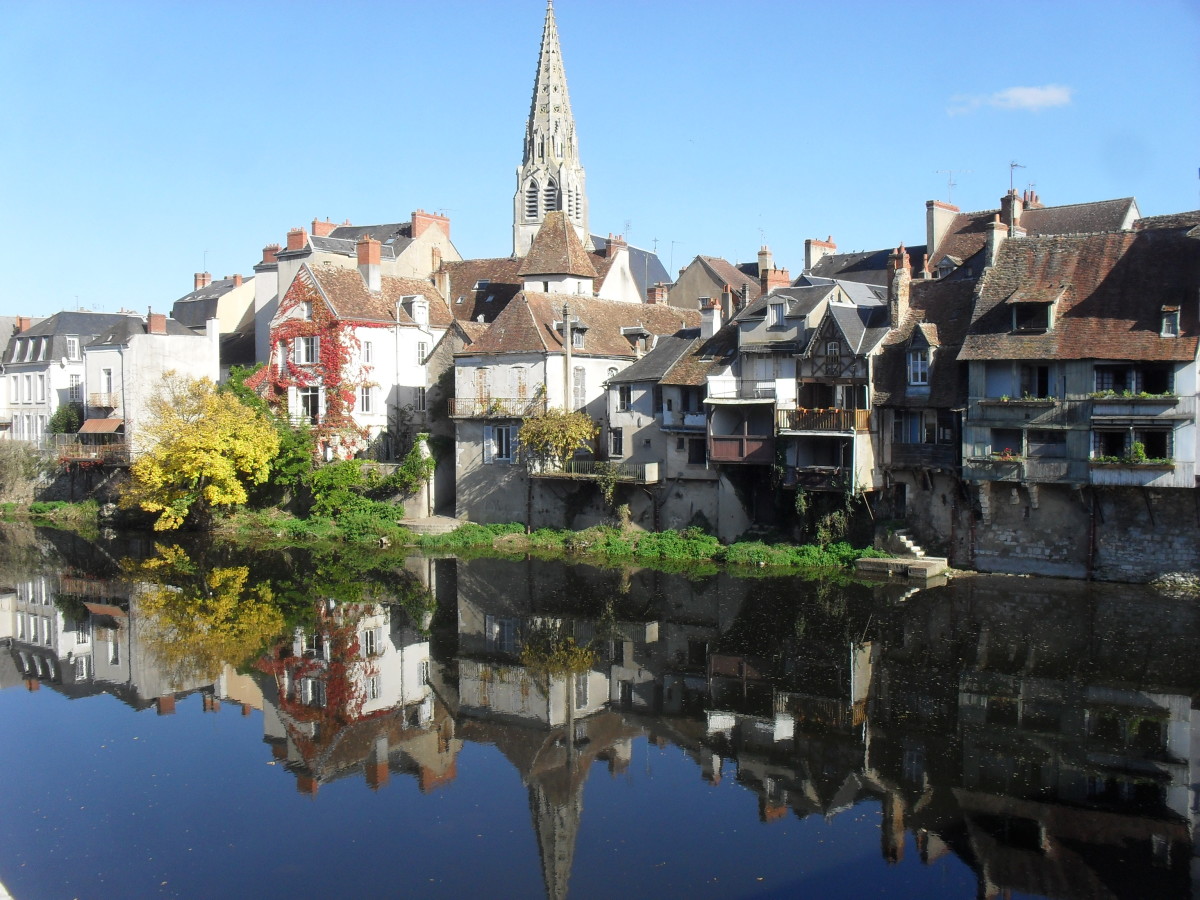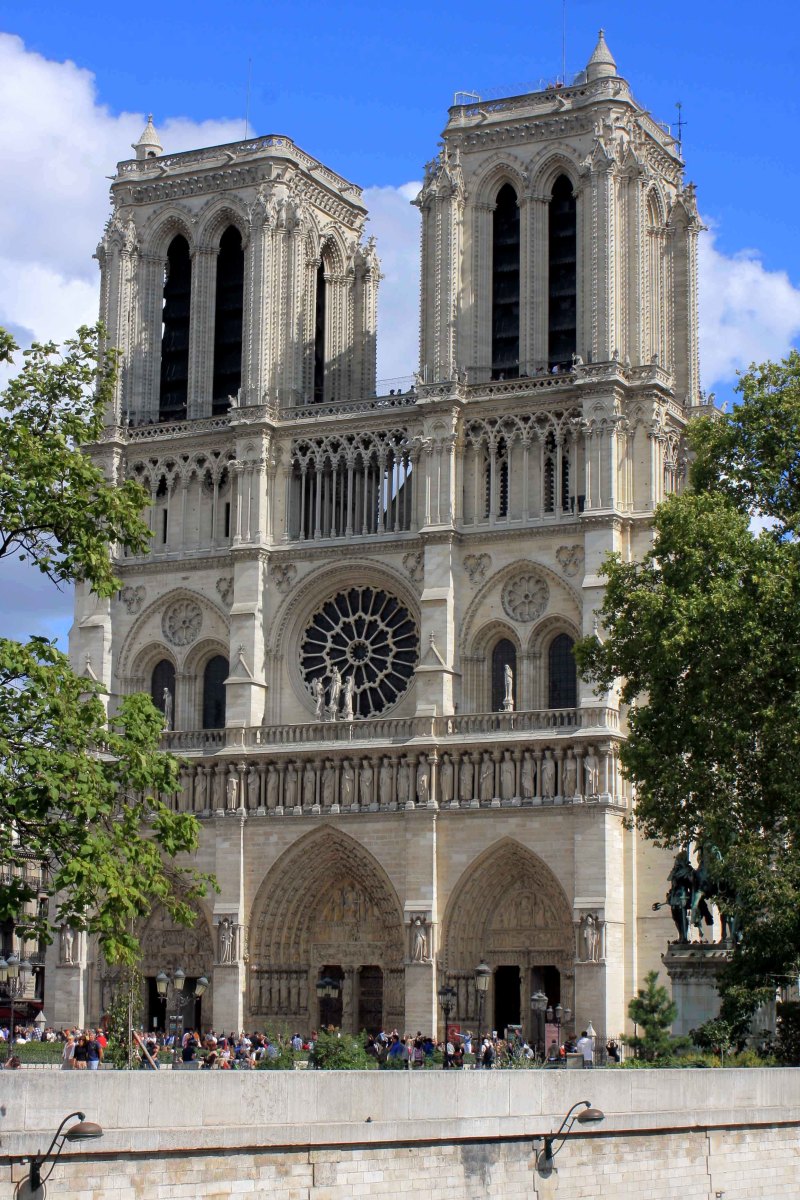Visiting Audun-le-Tiche, eastern France: bordering mentalities
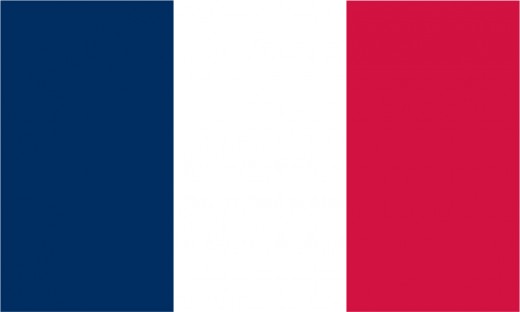
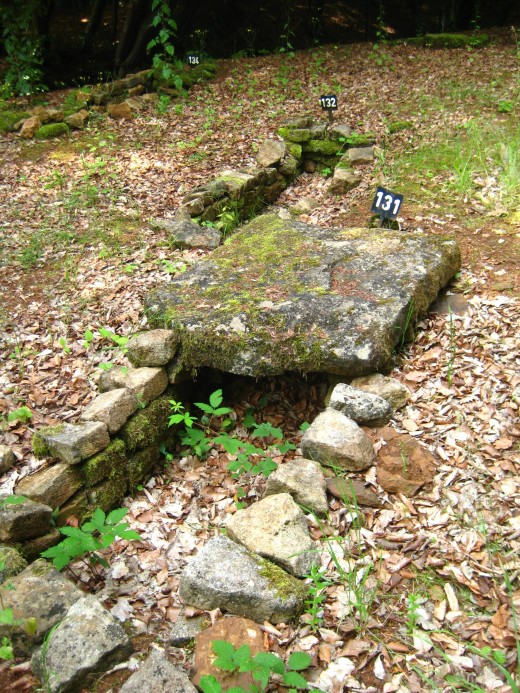
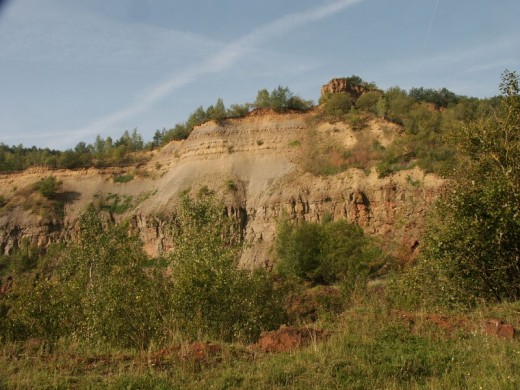
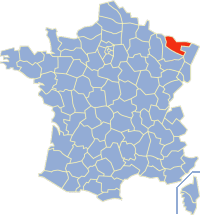
The polarities of multilingualism and the proximity of Luxembourg
When I visited Audun-le-Tiche, in the Moselle département in eastern France, I knew I was in an interesting French town.
In another sense, if I thought I knew where I was, it was too complex to grasp all at once.
Necropolis museum
Situated in the north of the French province of Lorraine, historically the town is known for its necropolis museum (Musée Nécropole) , with exhibits and artifacts dating from Merovingian times. In more recent history, the town used to be German, or, put more accurately, in Germany, between the Franco-Prussian War and the end of World War One. The character of the surrounding area is influenced by its proximity to neighbouring Luxembourg and by the former presence of mining and heavy industry and the immigration of Italian communities.
Linguistic multipolarities
Some local people speak Letzebuergesch, the national language of the Grand Duchy of Luxembourg, which neighbours the northern boundary of the town; indeed, Esch-sur-Alzette is the second city of the Grand Duchy, after Luxembourg City. Except that in Audun-le-Tiche they seem reluctant to call it Letzebuergesch officially, because this might imply that local people were part of the Luxembourg nation rather than French nationals. So it's called le francique (usual English term: Franconian) instead. (Ask any Bosnian if he or she speaks Croatian or Serbian and the answer will be ambiguous, not for linguistic but 'national' reasons. Franconian/Letzbuergesch-speaking Audunois labour under similar conceptual challenges.) Of course, cross-border cultural influences at an official level can be fraught with difficulties sometimes. In fact, one of Luxembourg's Ministers of Culture, Erna Hennicot-Schoepges, got herself into hot water some years ago. This was when a somewhat mischievous parliamentary question from an opposition leader goaded her to put out a statement apparently supporting a Liberation movement for Letzebuergesh-speaking separatists beyond the Belgian border. Prime Minister Jean-Claude Juncker's office thereupon went briefly into overdrive to explain what Minister Hennicot-Schoepges' linguistic nuances 'meant'.
Audun-le-Tiche has been associated with certain French writers, including Anne Blanchot-Philippi and Aurélie Filippetti. Both have written in French, but Anne Blanchot-Philippi also wrote some poetry in (let's call it) Letzebuergesch. Indeed, the complex territorialities of Anne Blanchot-Philippi's local toponymic references have been notably discussed by Luxembourg scholar Ferdinand Stoll. Her recourse to phrases in Letzebuergesch has been described by Stoll 'as if the French language were not sufficient to express the fulness of her thought. Anne has recourse to Letzebuergesch to praise her country...' (tr. MJFenn) (1) While she was a French national, Anne Blanchot-Philippi is said to be the author of the only poem in the Letzebuergesch language to have been written in alexandrine verse.
Another of her poems, 'Border' (French: 'Frontière '), expresses Anne Blanchot-Philippi impression of the Franco-Luxembourg border in the locality:
'Border under tender grass,
Barb- and barrier-free,
Border earth below the corn,
Berries, too ... Just see!' (2)
(Anne Blanchot-Philippi, tr. MJFenn)
Some of Aurélie Filippetti's work is similar to that of the Luxembourg writer Jean Portante, from the nearby town of Differdange, over the Luxembourg border. The existence of two French language novels which deal with the experience of Italian immigrant communities in the Franco-Luxembourg border area raises among others questions of identity and the status of French language in that region. Jean Portante, 'Mrs Haroy or the Memory of the Whale (chronicle of immigration) (French: Mrs Haroy ou la Mémoire de la Baleine (chronique d'une immigration)(3) ) and Aurilie Filippetti, 'The last days of the working class' (French: Les derniers jours de la classe ouvrière (4) ) are both concerned with the history of immigrant communities in the border area around Esch-sur-Alzette. In his novel Portante particularly describes his home town of Differdange while Filippetti sets her novel in her native Audun-le-Tiche. Both works discuss the social integration, or otherwise, of those immigrant communities, with the particular perspective of the narrators' Italian families; both discuss the changing local fortunes of communists, with which those immigrant communities have been intimately bound up; both discuss the problematic relation of Roman Catholic faith and secularist communism, including the phenomenon of simultaneous nominal adherence to each of those value-systems. The Franco-Luxembourg border is a latent presence in both works, but also arguably symbolizes the limits of attempts to delineate the shared realities which inform each novel.
So in Audun-le-Tiche French is mainly spoken, while the predominantly Letzebuergesch-speaking area is on its northern boundary. It is interesting, also, that despite the strong presence of Letzebuergesch locally, local families of Italian heritage north of the border tend strongly to prefer to use French instead, as a means of everyday communication, and Luxembourg historian Gilbert Trausch (by whom I was privileged to be taught, many years ago) has even claimed that the presence of large Italian and Portuguese immigrant communities in Luxembourg has served to reinforce the status of French, which in the Grand Duchy is mainly spoken as a second (or, rather, third) language. Thus, on both sides of the border at Audun-le-Tiche and Esch-sur-Alzette, there is somewhat of a continuum of Italian heritage communities who have contributed to the Francophone aspect of the area's character.
One town: three names
Though in France, the very town itself has three names: Audun-le-Tiche, the official French one, Däitsch-Oth (Letzebuergesch) and Deutsch-Oth (German): each of these forms is thus replete with historical references to the town and region's complex past.
Lurking geographically and historically is Audun-le-Tiche's Merovingian past, from which perspective contemporary borders and languages seem an almost artificial superstructure.
Also worth seeing
Be sure to visit also the photogenic and historic Luxembourg City, (distance: 24 km). The National Mining Museum of Luxembourg is in Rumelange (French: Musée National des Mines de Fer ) (distance: 10 km). Nennig, in Germany's Saarland, has an interesting Roman villa museum (distance: 40 km). Bastogne, Belgium, is visited by many Americans on account of its Battle of the Bulge associations (distance 76 km).
References
(1) Ferdinand Stoll, Etudes Romanes II, Luxembourg: Centre Universitaire, 1989, p. 53
(2) Anne Blanchot-Philippi, 'Frontière', qu. in Ferdinand Stoll, Etudes Romanes II, Luxembourg: Centre Universitaire, 1989, p. 51
(3) Jean Portante, Mrs Haroy ou la Mémoire de la Baleine (chronique d'une immigration), Echternach, Luxembourg: Editions Phi, 1993
(4) Aurélie Filippetti, Les derniers jours de la classe ouvrière, Editions Stock, 2003
(Note: I have elsewhere discussed the psychological and territorial roots of national identity in: MJ Fenn, The Egotistical Basis of Barrès's Nationalism: Its relevance to the case of Saunders Lewis Unpublished Master of Philosophy thesis, University of Wales, 1989)
...
How to get there: The nearest large international airport is Luxembourg (Aéroport de Luxembourg ), at Findel, from where car hire is available. For North American travellers making the London, England area their touring base, airlines flying to Luxembourg include Luxair (from London Heathrow Airport and London City Airport) and CityJet (from London City Airport). The French railroad company SNCF maintains a station in Audun-le-Tiche but uniquely in France the service is operated by the Luxembourg railroad company CFL via Esch-sur-Alzette. Please check with the airline or your travel agent for up to date information. Please refer to appropriate consular sources for any special border crossing arrangements which may apply to citizens of certain nationalities.
MJFenn is an independent travel writer based in Ontario, Canada.
Another of my hubpages which may interest you:
- Visiting Clervaux in the Grand Duchy of Luxembourg: rich architectural heritage and Battle of the Bu
Clervaux, the name of a municipality and an administrative canton, is one of those places where history seems to tread everywhere you look. The medieval castle which stands in the centre of town was founded... - Visiting Bray-Dunes, France: the north blowing in the wind
Icelanders used to come here regularly, the local businessman in Bray-Dunes told me. At first I was suprised: what would a group of Icelandic nationals be doing here in Bray-Dunes? I wondered to myself. Then...


